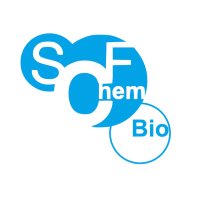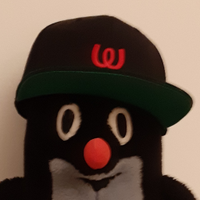
WombacherLab
@labwombacher
Chemical Biology Laboratory @ Max-Planck-Institute for Medical Research
ID: 1139133015601422336
http://wombacherlab.com 13-06-2019 11:30:49
47 Tweet
399 Followers
223 Following
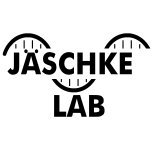
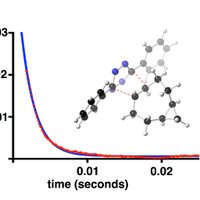
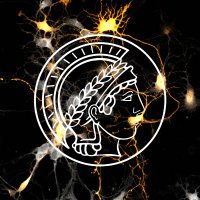



Excited to share recent J. Am. Chem. Soc. using far-red silarhodamines to catalyze activation of rapid bioorthogonal chemistry in vivo. Awesome collaborators Zibo Li, Xinqiao Jia, Luke Lavis, & Colin Thorpe. Great dyes make great photocatalysts! @rhodamine110. pubs.acs.org/doi/10.1021/ja…

Enzyme units stacked on top of each other like a spinal column – look fabulous and contains some very fascinating research! Out now Nature Microbiology nature.com/articles/s4156… mpi-bremen.de/en/Enzyme-skys… Max Planck Institute for Medical Research @BarendsThomas @MicroPhys Max Planck Society #NXR #nitrate #anammox

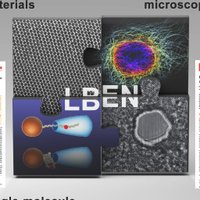
We are glad that our fruitful collaboration with Georg Fantner lead to the advancements in correlative super-resolution and scanning ion-conductance microscopy imaging. We thank all collaborators! WombacherLab @KYserentant @PhilWerther for fantastic self-blinking dyes

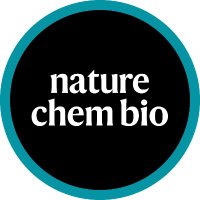
Richard Wombacher and colleagues (WombacherLab) report a new chemical inducer of proximity based on ABA receptor dimerization by the agrochemical manipropamid. Open access: nature.com/articles/s4158…
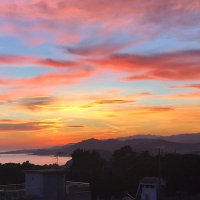
Natural product conference #Irsee22 about to start! Great line-up of speakers & topics in the opening session: a talented producer of new natural products, total synthesis of anti-infective drugs & a super-efficient inducer of proximity DECHEMA e.V. WombacherLab Christian Jogler




Hot off the press: @HertenDirk and WombacherLab jointly developed a single molecule fluorescence screening assay for characterizing fluorogenic click reactions to improve bioorthogonal labelling. Credits go to Felix Hild, @PhilWerther and @KYserentant. sciencedirect.com/science/articl…


The MtL Lecture Series continues! 🎉 Join us on 17 May at 3 pm for an insight into the research of MtL Fellow Petra Schwille from Max Planck Institute of Biochemistry (MPIB). Register now 👉 bit.ly/3W1z4BB


What a nice way to finish the week! 🎉Our latest paper is now available online in Nature Chemical Biology. 📚🔬If you missed the pre-print and like biosensors, explore our innovative approach for designing and developing chemogenetic sensors. 💡Check it out here: nature.com/articles/s4158….
